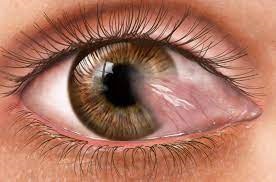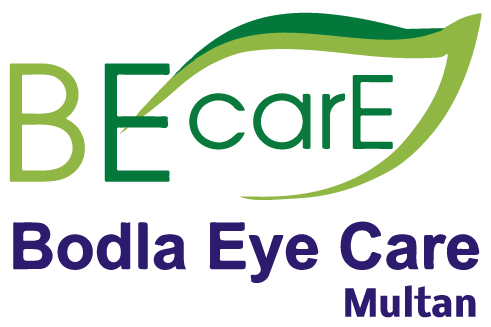
Corneal Conditions
Corneal Disease
What is corneal disease?
The term “corneal disease” refers to a variety of conditions that affect mainly the cornea. These include infections, degenerations, and many other disorders that may arise mostly as a result of heredity.
What is the cornea?
Along with the sclera (white of the eye), the cornea serves as a barrier against dirt, germs and other particles that can harm the eye’s delicate components. The cornea also filters out some amounts of the sun’s ultraviolet light.
The cornea also plays a key role in vision. As light enters the eye, it’s refracted, or bent, by the outside shape of the cornea. The curvature of this outer layer helps determine how well your eye can focus on objects close up and far away. If the cornea becomes damaged through disease, infection or injury, the resulting scars or discoloration can interfere with vision by blocking or distorting light as it enters the eye.
The three main layers of the cornea are:
- Epithelium: The most superficial layer of the cornea, the epithelium stops outside matter from entering the eye. This layer also absorbs oxygen and nutrients from tears.
- Stroma: The stroma is the thickest layer of the cornea and is found behind the epithelium. It is made up mostly of water and proteins that give it an elastic but solid form.
- Endothelium: The endothelium is a single layer of cells located between the stroma and the aqueous humor, the clear fluid found in the front of the eye. The endothelium works as a pump, expelling excess water as it is absorbed into the stroma. Without this specialized function, the stroma could become waterlogged and hazy and opaque in appearance, also reducing vision.

